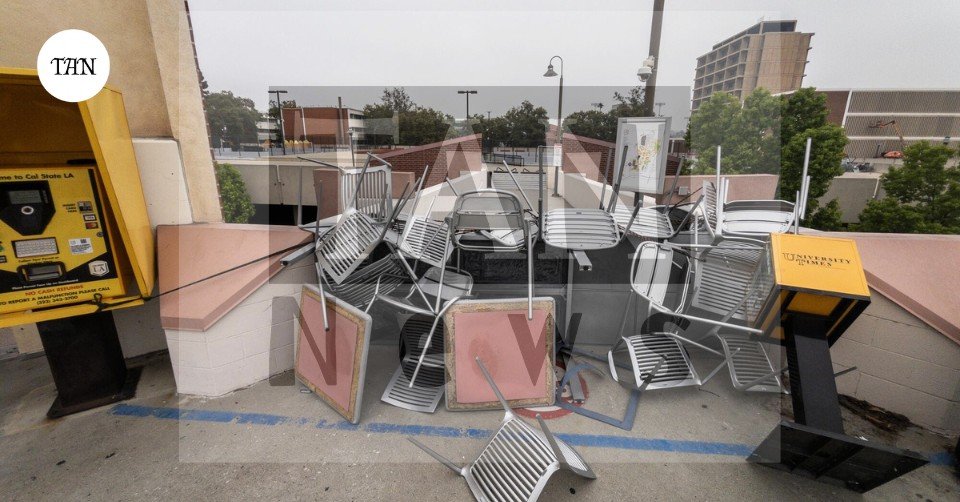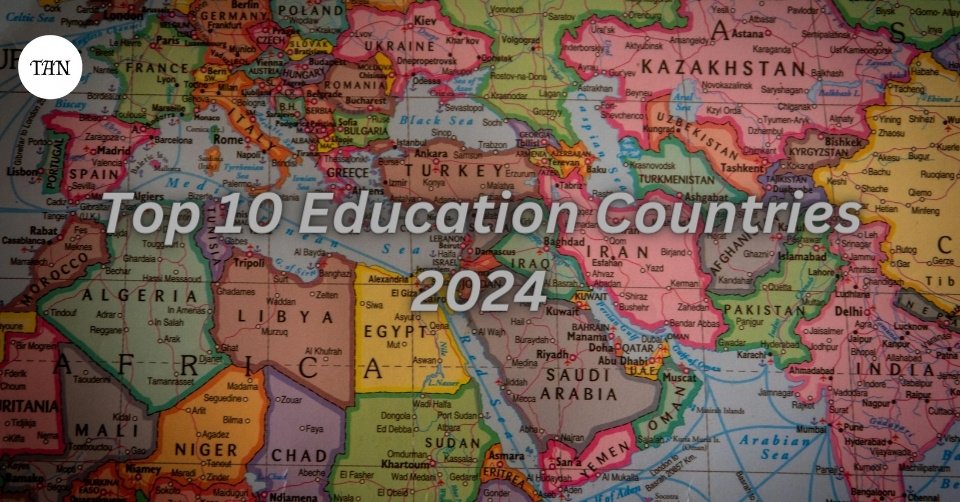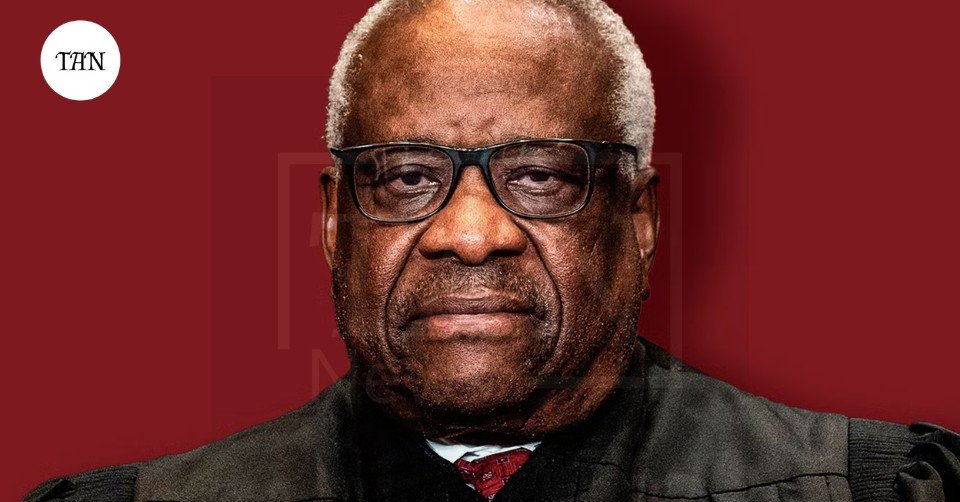More specifically, in the past several years, the campus of Cal State Los Angeles, or ‘Cal State LA’ for short, was the scene of active students’ protests and activity. Some have brought awareness to social and political issues while others presented challenges to university authority and security. In this article, the author breaks down these protest further by looking at their background, what has been seen as campus activism, and how the administration has acted in these pivotal moments.
The Surge of Protests at Cal State LA
The upsurge of protest activities at Cal State LA has however largely been characterized by high frequencies and intensity. These protests, provoked by various concerns such as tuition increases, budget reductions, and different society-related concerns, are a part of a microcosm of the national and global unrest. If the previous demonstrations were to do with political and administrative issues within the country, these recent ones have involved conflicts in other countries and social injustices, thereby attracting students, members of the faculty and the community.
Key Drivers of Campus Activism
activisms observed in Campus for the Cal State LA can be attributed to various factors. The following outlooks have often been probed: foremost, the shifting economics, including the increasing tuition fees charging and the poor funding for public universities. All these problems are close to students as most of the latter are on financial credits and quite natural they are looking for an inexpensive education.
Social justice movements have also not been left behind in the cause of influencing the outcomes of public policy. Rallies for the black community, those for immigrants and against wars all have a significant following among students. Such increase in activism also underlines the university as arena of free speech, protest, and fight for social justice.
Challenges Faced by the Administration in Responding to Campus Protests
The management of this institution of learning has had a daunting task in managing the students’ conduct while at the same time trying to deal with demonstrators’ rights. Stakeholders may be divided and their demands may be conflicting hence management of these sensitivities can be tense especially when protests get out of hand or become violent.
Some of the sub problems include Maintaining security for all members especially when there are protests on campus. The administration needs to be ready for disruptions and damages that might happen across the campus, therefore, the campus security is a must. However, there is always the School function of speaking to demonstrators while ensuring that academic business and facility management proceeds as usual.
Administrative Responses to Activism
Reflectively, having established some of the strategies that Cal State LA administration uses in dealing with the rising protests, the remainder of this paper shall be structured as follows. Prominent participation approaches that involved in an engagement with the protesting students include; dialogue and open forums. The forum adopted by these forums is to give students an opportunity to express their concerns and find solutions together with university administrators.
However, there had been few incidents where the administration’s response had drawn flaks. Incidents like the Police intervention or invoking the measures which resulting in restraint have at times polarised as being anti-protest and anti free speech. The Joyce Pope administration still faces the task of keeping order on campus while recognizing and responding to the students’ right to demonstrate.
The Broader Impact of Campus Protests
The protests at Cal State LA have repercussion effects which are not confined to the confines of the campus only. They are connected to social problems and are indicative of a shift for young people going out to vote and engaging in political activities. These movements in turn provoke the same activities in other universities, and are collectively quite evocative of youth participation in the process of the formation of the future.
This manner by the administration also shapes cases of other educational institutions in the same regard. These aspects can determine how Universities manage themselves, and in doing so it can help shape the policies and resolutions the higher learning institutions.
Looking Ahead: Lessons Learned and Future Directions
In this respect, observing the conflict at Cal State LA and analyzing the dynamics of campus activism and administrative response, the following lessons can be distinguished:Any complaints and issues students or administration may have must be brought to light and dealt with, in order to keep the student environment organized and positive. In the same regard, there has been the lack of clear polices on how the protesters rights are to be accorded while at the same time allowing the university to maintain order and safety.
With this in mind, it is particularly important for educational institutions to positively support activism in the next phase of its existence. This also requires going beyond merely solving the crises that lead to protests, but also ensuring the provision of regular and consistent channels for addressing and engaging with students.
For more insights into how universities handle significant controversies and the revocation of honorary degrees, read this detailed examination of Howard University and the Revocation of Sean ‘Diddy’ Combs’ Honorary Degree.




